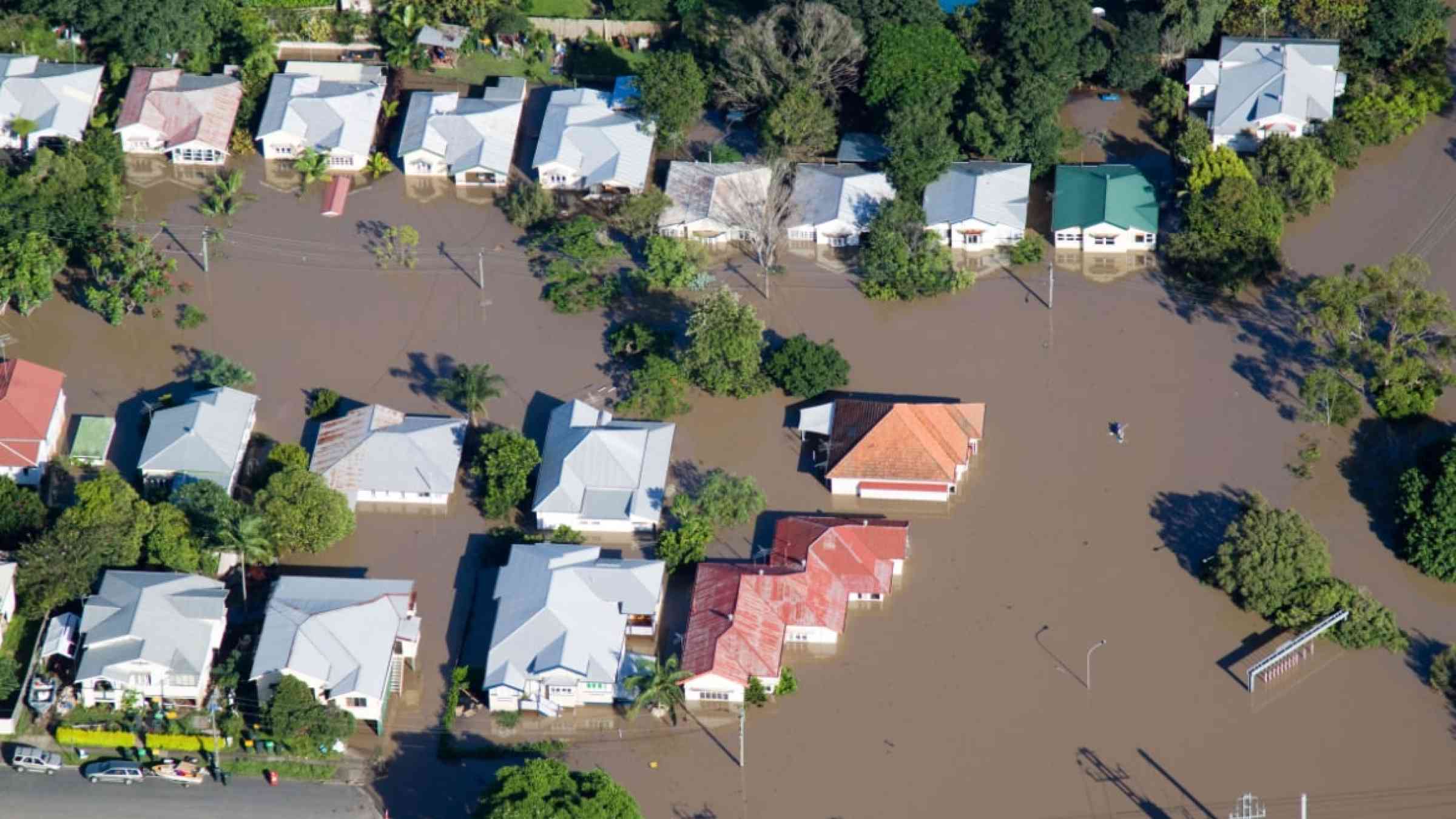
Flood Hub is expanding to 80 countries, providing forecasting up to 7 days in advance of a flood to 460 million people.
Natural disasters, like flooding, are increasing in frequency and intensity due to climate change, threatening people’s safety and livelihood. It’s estimated that flooding affects more than 250 million people globally each year and causes around $10 billion in economic damages.
As part of our work to use AI to address the climate crisis, today we’re expanding our flood forecasting capabilities to 80 countries. With the addition of 60 new countries across Africa, the Asia-Pacific region, Europe, and South and Central America, our platform Flood Hub now includes some of the territories with the highest percentages of population exposed to flood risk and experiencing more extreme weather, covering 460 million people globally.
Governments, aid organizations, and individuals can use Flood Hub to take timely action and prepare for riverine floods, seeing locally relevant flood data and forecasts up to 7 days in advance — an increase from last year, when information was only available 48 hours in advance.
Flood Hub’s AI uses diverse, publicly-available data sources, such as weather forecasts and satellite imagery. The technology then combines two models: the Hydrologic Model, which forecasts the amount of water flowing in a river, and the Inundation Model, which predicts what areas are going to be affected and how deep the water will be.
We’re working to expand flood forecasting alerts in Search and Maps to make this information available to people when they need it the most.
Using AI to help people prepare for flooding
In 2018, we kicked-off flood forecasting in India and expanded to Bangladesh to help combat the catastrophic damage from yearly floods. Due to advances in our global AI and machine learning forecasting models, in 2022 we further rolled out our technology to 18 more countries, paving the way for today’s global expansion.
Flood Hub is part of our Crisis Response work to provide people access to trusted information and resources in critical moments — also including wildfires and earthquakes. For over a decade, we have been partnering with front line and emergency workers to develop technology and programs that help keep people safe, informed and out of harm’s way.
In addition, to help support communities that are vulnerable to floods but might not have access to a smartphone or internet, Google.org collaborates with organizations like the Federation of Red Cross and Red Crescent Societies, Indian Red Cross Society and the Inclusion Economics team at Yale University to stand up offline alerting networks of trained, incentivized, and trusted community volunteers to amplify the reach of Flood Hub’s warnings. The most recent results from the team at Yale and local nonprofit Yuganter found that communities with local volunteers were 50% more likely to receive alerts before water reached their area — a factor that can make a life-or-death difference.
As we continue improving our AI-based global models for flood forecasting, we will keep supporting at-risk communities with technology to mitigate the effects of climate change.